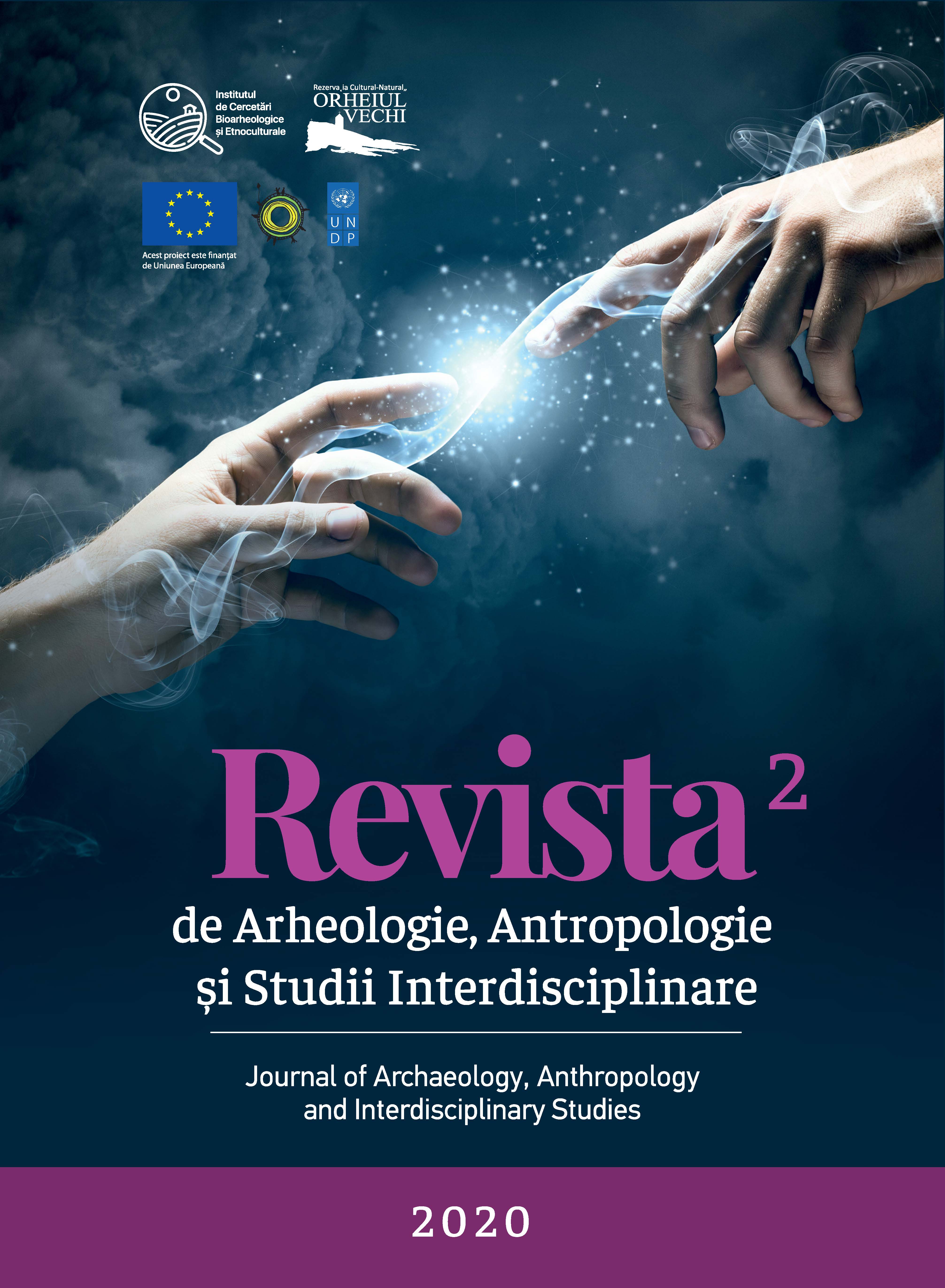Preliminary study of human skeleton with syphilis discovered in the postmedieval city of Iași (Romania)
Preliminary study of human skeleton with syphilis discovered in the postmedieval city of Iași (Romania)
Author(s): Vasilica Monica Groza, Mariana Popovici, Luminiţa Bejenaru, Ozana-Maria PetraruSubject(s): Archaeology
Published by: Bons Offices – Casa Editorial-Poligrafică
Keywords: syphilis; human skeleton; Roman Catholic Cathedral; 15th-19th centuries; Iași; Romania;
Summary/Abstract: In this study, the authors present a human skeleton with syphilis of 15th-19th centuries discovered at the “Dormition of the Mother of God” Roman Catholic Cathedral from Iași (Romania). The skeleton is originated from a reburial tomb, and it was excavated in 1995 by archaeologists from the Centre for European History and Civilization of Iași. The skeleton orientation was according to the Christian ritual. Estimation of biological age at death (35-40 years old) and sex determination (male) was performed according to classic methodology. Morphometric data indicate a general background of Europoid type, with a height of 167.05 cm. The syphilis evidences are evaluated by macroscopic analysis, showing hypertrophic and sclerotic changes at skull and long bones. The syphilis is a debilitating disease, sexually transmitted and caused by the bacterium Treponema pallidum. This paper contributes to the knowledge of the syphilis spreading in ancient populations of the Pre-Antibiotic Era.
Journal: Revista de Arheologie, Antropologie și Studii Interdisciplinare
- Issue Year: 2/2020
- Issue No: 1
- Page Range: 319-328
- Page Count: 10
- Language: English

